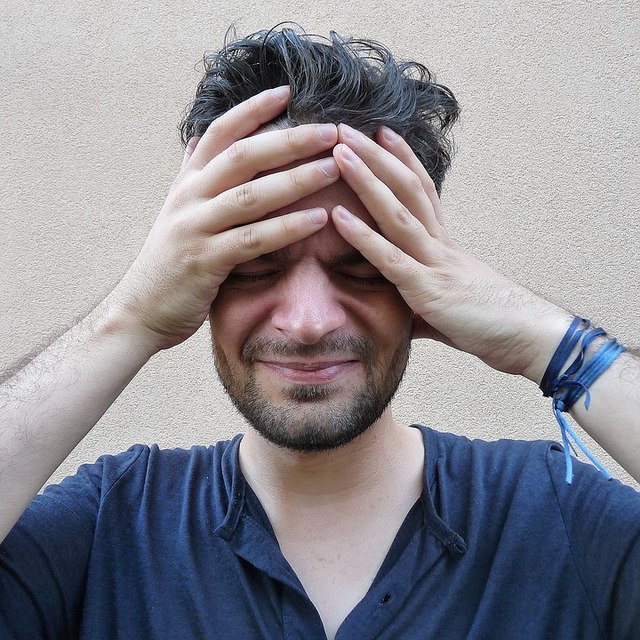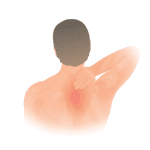Do you often experience a persistent headache that targets the top of your head? Dealing with this specific type of headache can be frustrating and impact your daily life. In this comprehensive guide, we will explore the various causes, symptoms, and effective remedies to help you find relief. By understanding the triggers and implementing targeted strategies, you can regain control and bid farewell to the discomfort associated with headaches on top of the head.
Understanding a Headache on Top of Head
Headaches concentrated on the crown of your head are commonly referred to as “vertex headaches.” Differing from migraines or tension headaches in terms of their location and characteristics, vertex headaches can be quite bothersome. By comprehending the unique nature of these headaches, we can gain valuable insights into their causes and explore effective solutions to manage them.
Causes and Triggers
Several factors can trigger headaches on top of the head. While stress and tension are often considered primary culprits, it’s essential to delve deeper into lesser-known causes as well. Poor posture, muscle tension, inadequate sleep, environmental factors like bright lights or loud noises, and certain foods and allergies may contribute to the onset of these headaches. It’s also possible to be caused by certain diseases like the coronavirus. By identifying your personal triggers, you can take proactive steps to minimize their occurrence and effectively manage the pain.

Symptoms and Diagnosis
Recognizing the symptoms associated with headaches on top of the head is crucial for proper diagnosis and tailored treatment. The primary symptoms usually include a constant ache or pressure in the crown area, which may become tender to touch.
However, each individual may experience additional symptoms such as sensitivity to light or sound, dizziness, or even nausea. It’s important to consult a healthcare professional for a definitive diagnosis and personalized guidance on managing these headaches effectively.
Effective Home Remedies and Management Strategies
When a headache strikes, finding relief becomes a top priority. Luckily, there are several effective home remedies and management strategies you can try.
Incorporating relaxation exercises into your daily routine, such as deep breathing, meditation, or yoga, can provide significant relief. Paying attention to your posture and making adjustments to maintain proper alignment can also be beneficial.
Prioritizing adequate sleep, engaging in regular exercise, and adopting a healthy diet can support overall well-being and potentially reduce the frequency and intensity of these headaches. Additionally, alternative therapies like acupuncture, massage, or aromatherapy have shown promising results for many individuals.
When to Seek Medical Attention
While most headaches on the top of the head can be managed at home, it’s important to be aware of warning signs that may require medical attention. If your headaches suddenly become severe, significantly increase in frequency or intensity, or are accompanied by neurological symptoms such as vision changes or confusion, it’s crucial to consult a healthcare professional. They can perform a thorough evaluation and provide appropriate guidance and treatment options to address your specific needs.

Lifestyle Changes for Long-Term Relief
In addition to immediate relief, making certain lifestyle changes can contribute to the long-term management of headaches on top of the head. Stress reduction techniques, such as practicing mindfulness or engaging in regular physical activity, can help alleviate tension that may contribute to these headaches.
Adequate hydration, maintaining a consistent sleep schedule, and managing your overall well-being are also crucial factors to consider. Additionally, keeping a headache diary to track triggers and patterns can provide valuable insights for effectively managing and preventing future episodes.
Understanding Medication Options
In some cases, lifestyle modifications alone may not be sufficient to alleviate the pain caused by headaches on top of the head. Your healthcare provider may recommend over-the-counter pain relievers or prescribe specific medications to address the underlying causes or symptoms.
It’s important to discuss these options with your healthcare professional, ensuring you understand the potential benefits and risks associated with each medication.
Conclusion
By empowering yourself with knowledge about the causes, symptoms, and effective remedies for headaches on the top of the head, you can take control of your well-being. Implementing the strategies and lifestyle changes outlined in this guide, while seeking medical guidance when needed, will allow you to find relief and enjoy a life free from the limitations imposed by a headache on top of your head.
Remember, everyone is unique, and what works for one person may not work for another. It may take time and patience to discover the best approach for managing your headaches, but with perseverance, you can overcome this challenge and regain your quality of life.








